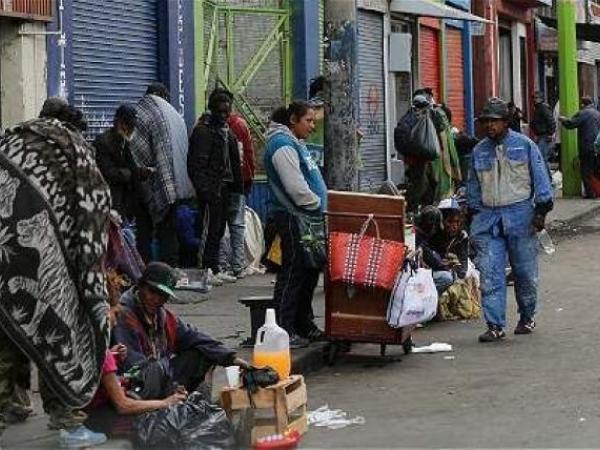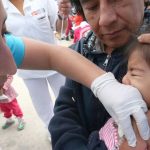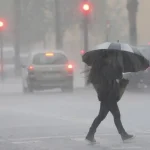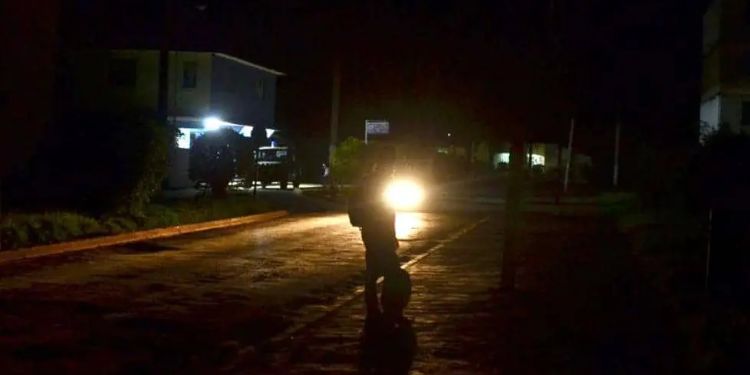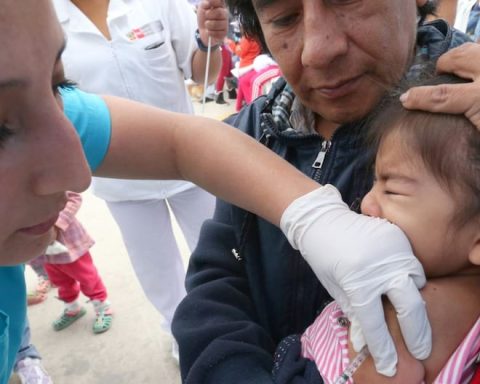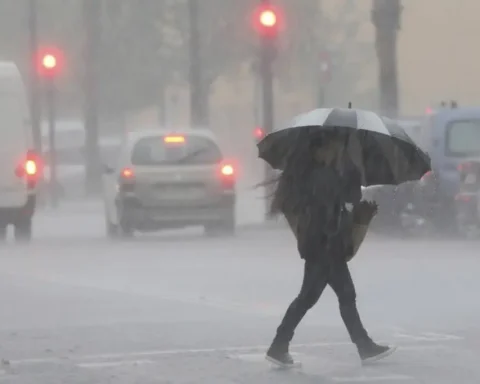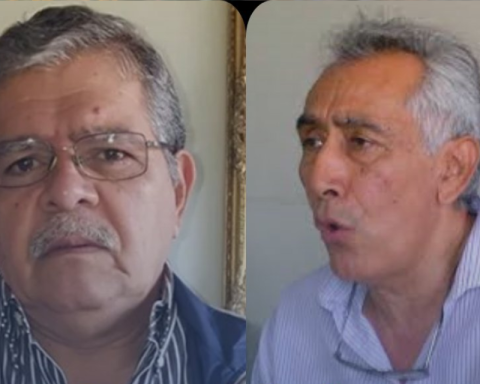The Dane census identified, by 20216,248 homeless people in 444 municipalities in 26 departments. Of them, 88.8% were men and 11.2% women. They have lived on the streets of Colombia for 5 years or more.
(Read: 26.5% of Colombians feel richer than their parents).
The census also showed that the educational level of this population, which was censused by direct interview with a sample of 5,340, 23% have incomplete basic secondary education. 16% do not have any type of study, 15.9% have incomplete primary school, 15.9% have completed primary school.
Only 13.9% have incomplete technical mean. Along with this, 83.1% affirm that they know how to read and write. In contrast, 16.9% do not know how to do it.
The Dane also found that there are 357 municipalities with a certificate of non-inhabitability of streets.
Now, the age groups that stand out the most with people between 25 to 44 years old, representing 50% of the total. Specifically from 25 to 34 years old. Along with this, of the 5,343 homeless people, 1,963 were born in a Colombian municipality other than the one in the interview, representing 36.7%
Likewise, most do not belong to any ethnic group. Only 10.5% are black, mulatto, Afro-descendant or Afro-Colombian. Among their sexual orientation, 91.3% define themselves as heterosexual.
Among the reasons why they began to live on the street, the interviewees highlighted as the main one the consumption of psychoactive substances (33.5%). Later, family conflicts or difficulties (25.7%). Then economic difficulties (15.4%), due to personal taste (7.8%) and lack of work (7%).
The most consumed substances are cigarette, basuco, marijuana and alcohol.
Regarding the duration on the street, 61.7% have lived there for 5 years or more.
(Also: Colombians are pessimistic about the economy of the country and their households).
Along with this, the way in the main way with which the majority generate income is collecting recyclable material (36.2%). Also, cleaning windows or taking care of cars (21.2%); asking, scolding, begging (20%) or other activity (16%).
The population interviewed also revealed that they did not usually have contact with a person in their family (40.2%). In turn, 24% have contact with their mother and 17.3% with one of their siblings.
Of the 5,343 inhabitants of the street, 2,315 stated that rreceived help from a support network, representing 43.3%. 47% were contacted with this network by a family member and 24.1% by an official institution.
The majority (74.8%), in turn, recognized that nor is aware of the mayor’s programs to help them. Among the biggest health problems they reported were dental discomfort, breathing difficulties and abdominal pain or diarrhea.
Regarding chronic diseases, hypertension, diabetes and tuberculosis stand out.
(See: Only 9% of micro-businesses in the country have access to bank credit).
Finally, 53.9% of the inhabitants interviewed do not fear for their lives. By contrast, 46.1% do. What makes them most insecure is police abuse. Later, the persecution by members of a pot.
Among the violent actions that they denounce, they stand out in the first placer insults (66.4%), then blows (52.3%) and threats (38.2%).
BRIEFCASE
